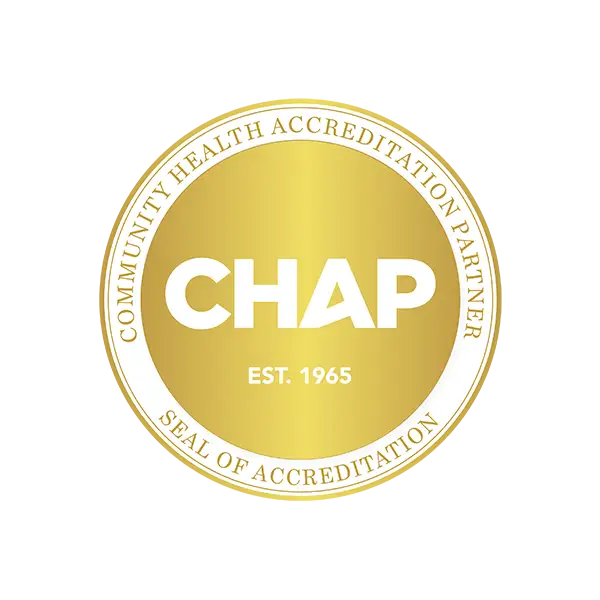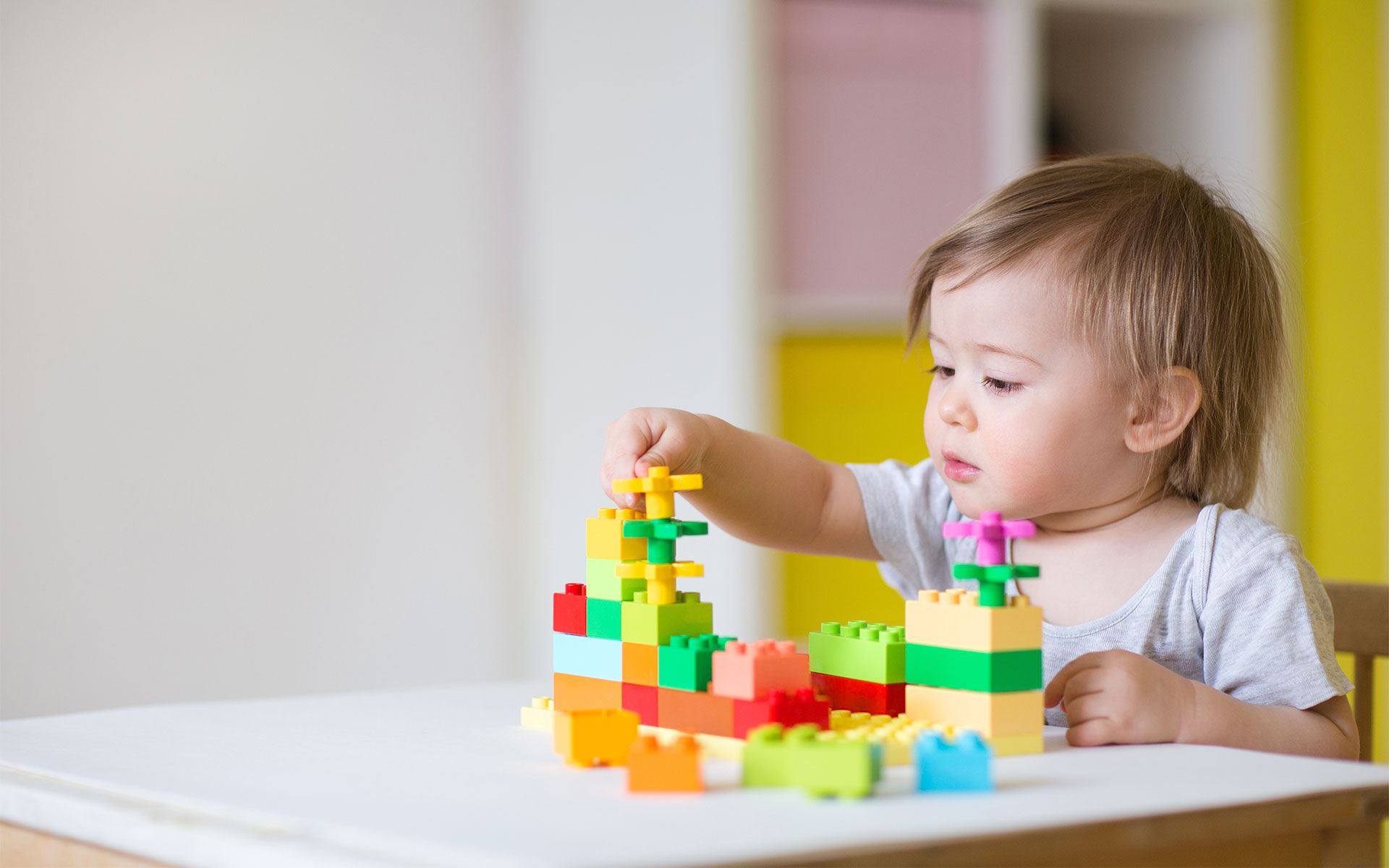
Join us as we dive into the heartwarming and thrilling journey of parenthood, where every little leap and bound of your child becomes a cherished memory. From the first steps to the big leaps, we’re here to guide you through these precious milestones with a blend of excitement and reassurance.
Discover the joy of watching your child grow, and find peace in knowing you’re not alone in this beautiful adventure. Welcome to a community where every parent’s experience is valued, and every milestone is a cause for celebration.
Key Takeaways
- Motor skills are important for kids to do things like grab toys, run, and draw.
- There are two kinds of motor skills: fine motor skills use small muscles for tasks like buttoning a shirt, while gross motor skills use big muscles for running or jumping.
- Babies start lifting their heads by 3 months and can sit without help at around 8 months. They walk by themselves near 12 to 15 months old.
- Kids aged 1 to 3 learn to walk and climb stairs. From ages 3 to 5, they get better at running and drawing.
- By age 7, they can ride bikes well.
- Parents should play with their kids using toys and encourage them to move around a lot. It helps if they don’t watch too much TV or play on screens too often.
Importance of Developing Fine and Gross Motor Skills in Early Childhood
Motor skills are crucial for early childhood development as they serve as the foundation for a child’s physical interactions and overall behavioral development. Fine and gross motor skills play a significant role in shaping a child’s ability to perform daily activities and participate in various physical exercises.
Motor Skills as the Foundation of Physical Interactions
We know how our kids love to grab toys, run in the park, and draw pictures. All these activities need motor skills. These skills help them touch, hold, and move around. Without strong motor skills, children might struggle to do everyday tasks.
Building good motor skills is like giving kids tools for life. They use their hands to learn new things.
Strong legs help them jump and play with friends. Every time they climb or dance, they’re growing stronger and more confident! It’s amazing how important moving their bodies is for exploring the world and making friends.
Link Between Motor Skill Acquisition and Behavioral Development
Learning to move and control our bodies is a big deal for young kids. It’s not just about getting from one place to another. When children work on their motor skills, they are also learning how to behave and solve problems.
Imagine a toddler figuring out how to stack blocks without knocking them down. That takes hand-eye coordination and planning!
Mastering these skills makes kids feel good about what they can do. They become more willing to join in games and sports with other children, which helps them make friends and learn social rules like taking turns.
Being active keeps their bodies healthy too, so it’s important for parents like us to help our little ones crawl, jump, draw, and dance their way into a happy childhood!
Categories of Motor Skills and Examples
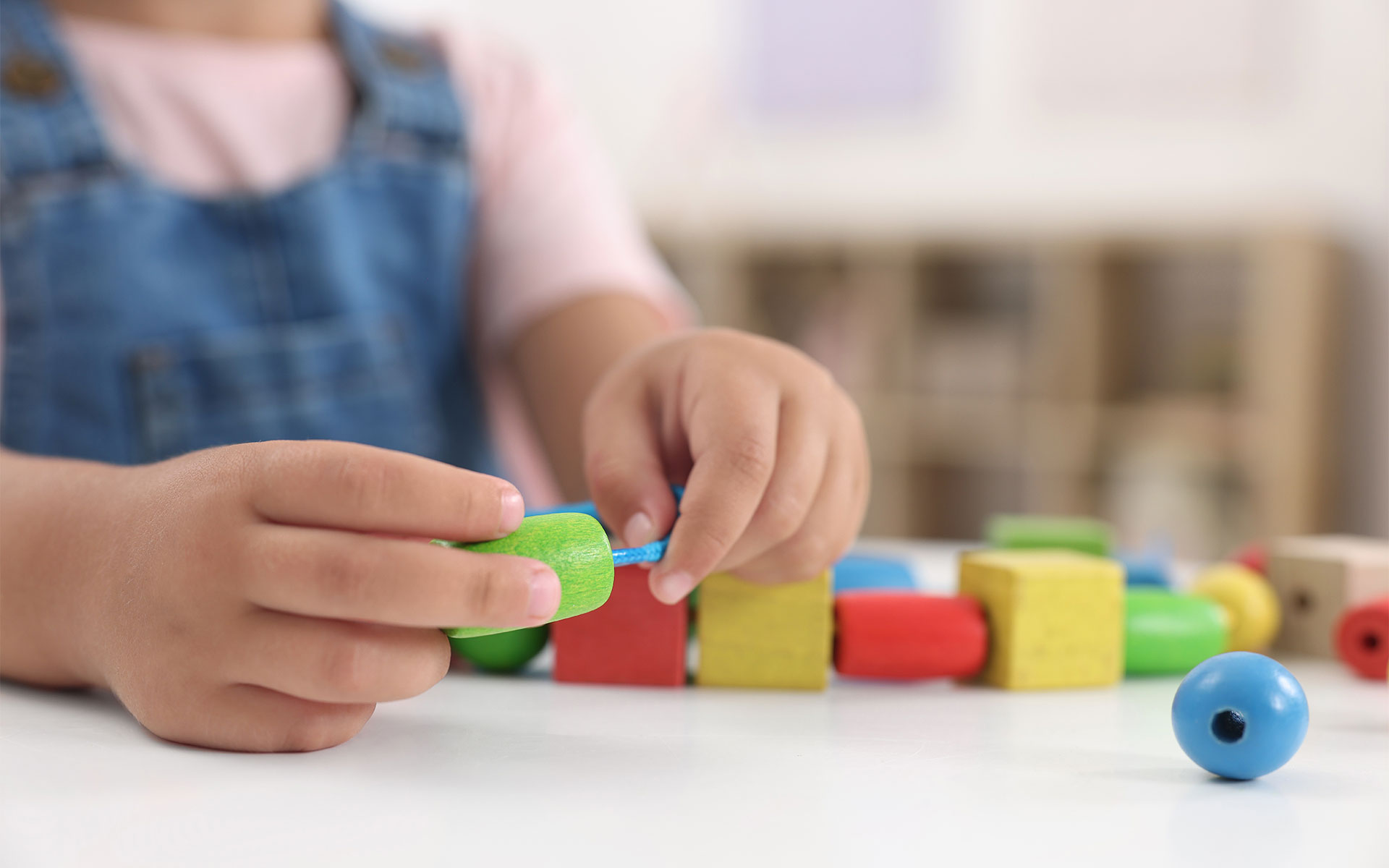
Motor skills can be categorized into fine motor skills, which involve precise movements of smaller muscle groups (e.g., grasping objects and using utensils), and gross motor skills, which utilize larger muscle groups for activities like running, jumping, and throwing.
Understanding these categories can help parents identify and support their child’s development in each area.
Fine Motor Skills Development: Precise Movements of Smaller Muscle Groups
We know how important it is for our kids to learn how to use their hands and fingers well. Fine motor skills are all about the small movements they make, like when they pick up a toy or draw with a crayon.
It starts simple: your little one will grab things with their whole hand. As they grow, these grabs change into more careful touches using just their fingertips.
It’s amazing to watch them figure out how to button their shirt, hold a pencil the right way, or build tiny towers with blocks. These skills are key for writing in school later on and doing everyday things smoothly.
Our job is to give them lots of chances to play and practice so those little muscles can get strong and quick!
Gross Motor Skills Development: Utilization of Larger Muscle Groups
Gross motor skills involve using big muscles to do things like running, jumping, and climbing. Toddlers start by learning how to sit up on their own and gradually progress to walking, running, and riding a tricycle.
As they grow older, children become more coordinated in activities like kicking a ball or catching it. For many kids, these skills develop naturally through play and physical activity.
It’s important for parents to provide opportunities for their children to be active and practice these skills. Games that involve throwing or kicking a ball can help improve gross motor skills.
Examples of Motor Skill Development by Age
Gross motor skills involve the utilization of larger muscle groups. Here are the key milestones for gross motor skill development:
- Rolling over from back to stomach and vice versa by 6 months.
- Sitting without support by 8 months.
- Crawling on hands and knees or moving by bottom shuffling before walking, typically between 7 to 10 months.
- Standing without assistance by 12 months.
- Taking first independent steps around 12 to 15 months.
- Walking up and down stairs with support at around 2 years old.
- Running, jumping, hopping on one foot, and balancing on each foot for a short time between ages 3 to 5 years.
Timeline of Expected Fine and Motor Skills Development Milestones
During the first 3 months, babies start to lift their heads and bring their hands together. By 6 months, they are able to roll over and sit with support. Between 1 to 3 years, toddlers will begin walking and climbing stairs, while preschoolers between 3 to 5 years can hop on one foot and catch a ball.
Finally, children between 5 to 7 years old will develop more advanced coordination skills like riding a bicycle or jumping rope.
During the first three months, babies start to develop their motor skills by exhibiting reflexes like the Moro and rooting reflex. They also begin to lift their heads while lying on their stomachs, showing improved neck strength.
At this stage, infants may try to grasp objects as they explore and interact with their surroundings. It’s crucial for parents and caregivers to provide ample support in activities that promote these early motor skill developments, setting a strong foundation for future physical and cognitive growth.
By initiating gentle play activities like reaching for rattles or encouraging tummy time, you can help stimulate your baby’s developing muscles and coordination. Additionally, offering close interaction through holding or rocking provides comfort while aiding in the enhancement of motor skills during this initial stage of development.
In this stage, your baby will start developing essential motor skills. They might begin to roll over, push up on their arms while lying on their stomach, and bring objects to their mouth.
At around 4 months old, they might also start grasping and holding onto small toys or objects.
Encouraging physical activities like tummy time and playing with colorful toys can support your baby’s development during this crucial period. Additionally, creating a safe space for exploration and play allows them to strengthen their muscles and develop coordination.
During the 6 to 12 months stage, your baby is making significant strides in their physical development. At this point, they are likely starting to sit up without support and may even begin to crawl.
These milestones are crucial as they lay the groundwork for your child’s future motor skill development. Encouraging and supporting your little one during this stage is vital for fostering their independence and exploration of their environment.
As a parent, you can engage in activities that promote motor skill development, such as providing safe spaces for crawling, offering toys that encourage reaching and grasping, and creating opportunities for supervised tummy time to strengthen their muscles.
During the ages of 1 to 3 years, children are actively developing their motor skills. They start to walk, climb, kick a ball, and build with blocks. Their fine motor skills improve as they learn to scribble with crayons and feed themselves.
At this stage, it’s important for parents to provide opportunities for active play and exploration to support their child’s physical development. By engaging in activities that encourage movement and coordination, children can strengthen their muscles and develop essential motor skills that will benefit them throughout their lives.
As children grow from 1 to 3 years old, they become more independent in their movements while exploring the world around them. Encouraging safe but challenging activities can help foster confidence and physical abilities during this critical developmental stage.
As your child progresses from 3 to 5 years old, you will notice significant improvements in their motor skills. At this stage, children are refining their gross and fine motor skills, showing better control over their movements and increased coordination.
They are now able to walk with a steady gait, run without falling easily, jump with both feet leaving the ground, catch a bounced ball most of the time and pedal a tricycle proficiently.
During this age range, kids become more adept at using scissors to cut along lines and holding pencils or crayons with controlled precision. They can also build complex structures with toys like building blocks as well as dress and undress themselves independently.
By the time children reach 5 to 7 years old, they have typically developed more advanced motor skills and hand-eye coordination. At this age, they can hop on one foot, skip, and show improved balance and coordination.
They may also display increased physical dexterity through activities such as catching and throwing a ball with more accuracy.
As parents, it’s important to encourage these developing abilities by providing opportunities for physical play and exploration. Engaging in activities that promote balance, agility, and fine motor skills like climbing trees or playing catch helps them further hone their motor skills.
Helping Children to Develop Motor Skills as Parents and Caregivers
Engage in play with toys, puzzles, and games to stimulate motor skill development. Encourage physical activities such as dancing and swimming, while limiting screen time to promote physical play.
To learn more about how you can support your child’s motor skill development, continue reading the comprehensive guide below.
Engaging in Play With Toys, Puzzles, and Games
Engaging in play with toys, puzzles, and games is a crucial way to support your child’s motor skill development. Toys that involve stacking or sorting can enhance their fine motor skills and hand-eye coordination.
Puzzles and interactive games help them develop problem-solving abilities and cognitive skills. It’s not just about fun; playing with these items also promotes physical activity, keeping your little one moving and active.
As parents, actively participate in playtime with your child, providing guidance as they explore the toys, puzzles, or games. This involvement encourages bonding while creating an opportunity for learning through interactive play experiences.
Encouraging Physical Activities Like Dancing and Swimming
We should encourage physical activities like dancing and swimming for our children. Dancing and swimming are great ways to help them develop coordination, balance, and strength. When children engage in these activities, they improve their motor skills and reach developmental milestones.
By limiting screen time and promoting physical play such as dancing and swimming, we can positively impact our children’s motor skill development. These activities also contribute to their overall physical and cognitive development.
By providing opportunities for our kids to participate in dancing and swimming, we help them build confidence and enhance their motor skills effectively.
Limiting Screen Time To Encourage Physical Play
To promote physical play and active engagement, it’s important to limit screen time. Encouraging children to be physically active instead of being passive viewers supports their motor skill development.
Screens can take away from the time that could be spent engaging in activities that help develop coordination and strength, like playing with toys or participating in sports. By creating a balanced approach between screen time and physical play, we can support our children’s overall development while also promoting healthy habits.
It is essential to create an environment where children have opportunities for physical movement and play rather than being sedentary in front of screens. This can include engaging in outdoor activities, sports, dance, or even simple games at home.
Creating a Safe Environment for Motor Skill Development
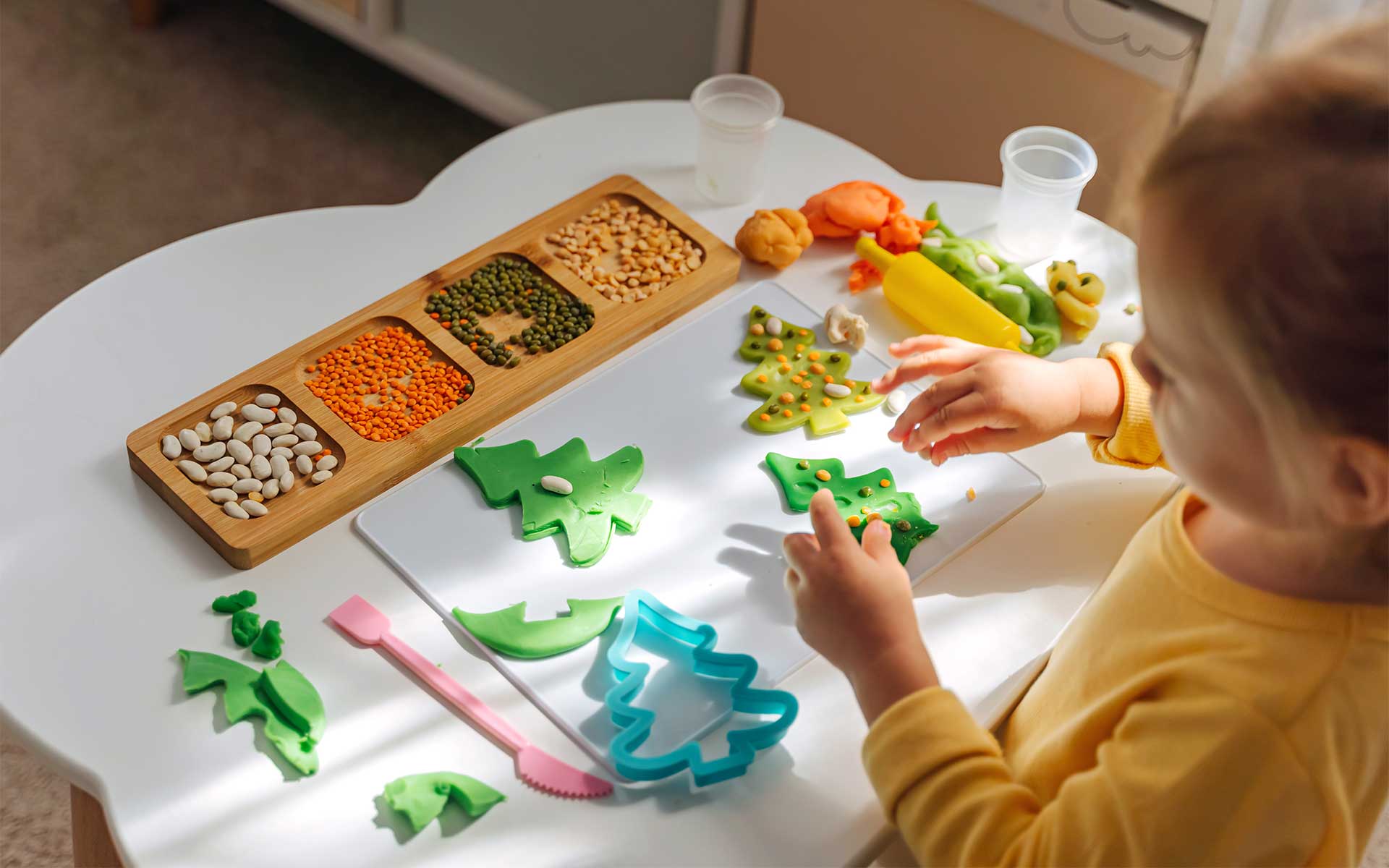
Creating a safe environment for motor skill development is essential to ensure that children can explore and play without risk of injury. This includes removing potential hazards, using age-appropriate toys and equipment, and supervising activities to prevent accidents.
Establishing and Maintaining a Safe Environment for Exploration and Play
To support children’s motor skill development, it is vital to create a safe environment for them to explore and play. Keep the play area free from potential hazards like sharp objects or small items that can be choking hazards.
When setting up the space, make sure furniture and toys are stable to prevent accidents. Additionally, ensure supervision at all times to prevent any unforeseen mishaps. Regularly check the play area for safety and remove any dangerous items.
Limiting potential dangers in the play environment significantly contributes to a child’s overall well-being and development. This helps in fostering a sense of security while also promoting active exploration and play among children – essential elements for their physical, cognitive, and emotional growth.
Gross and Fine Motor Skill Development Conclusion
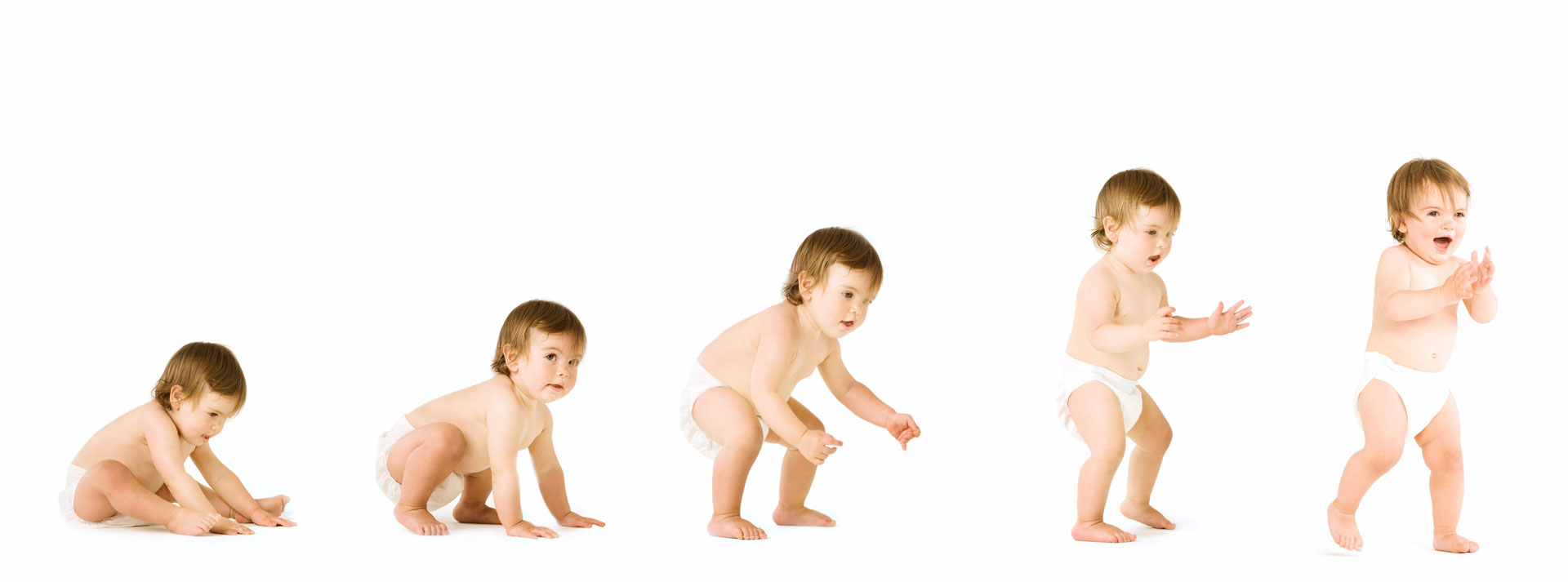
In conclusion, motor skill development is crucial for children’s overall growth and well-being. As parents and caregivers, we play a vital role in supporting and nurturing these skills through engaging play and physical activities.
Creating a safe environment that encourages exploration is essential for children to confidently master foundational motor skills. By understanding the importance of motor skill development, we can empower our children to navigate the world with confidence and physical competence.
Ready to take the next step?
Contact KidsCare Home Health Today for Help Improving Your Child’s Motor Skill Development
Motor and Skill Development: FAQ Section
What is motor skill development?
Motor skill development is the growth of a child’s ability to move and control their muscles. It helps with actions like running (locomotor skills), writing (manual dexterity), and playing sports (physical literacy).
How do problems with motor development affect kids?
Kids with developmental delays might have a hard time doing tasks that are easy for others their age. This can include issues like dyspraxia or dysgraphia, which make it tough to write or play games.
Can exercise help children with motor function?
Yes, regular fitness activities can make muscles stronger and improve how well they work together in the muscular system, helping kids get better at moving around.
Why is therapy important for some children's movement skills?
Therapy such as physical therapy or occupational therapy offers special exercises that target certain areas like small muscles of the hand or overall coordination to help overcome challenges due to things like cerebral palsy or stroke.
How does using swings and playgrounds aid in developing motor skills?
Swings and playgrounds let kids practice balancing, pushing up, swinging arms, and other movements that build up strong nerves and brains while also being fun!
Can technology assist children who have trouble with movement skills?
Yes! There are tools called assistive technology that can help kids do things they find difficult because of disability—like gadgets that support weak limbs or software that makes learning easier for those with attention troubles.


